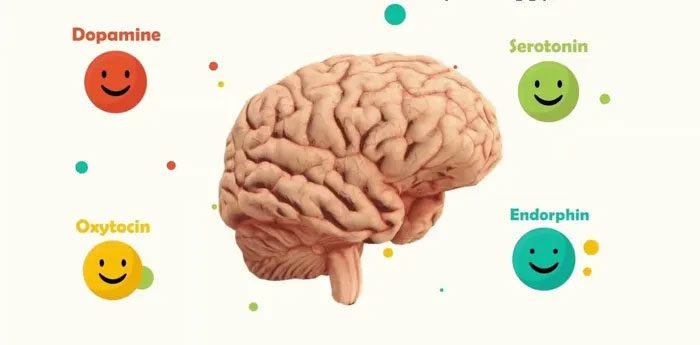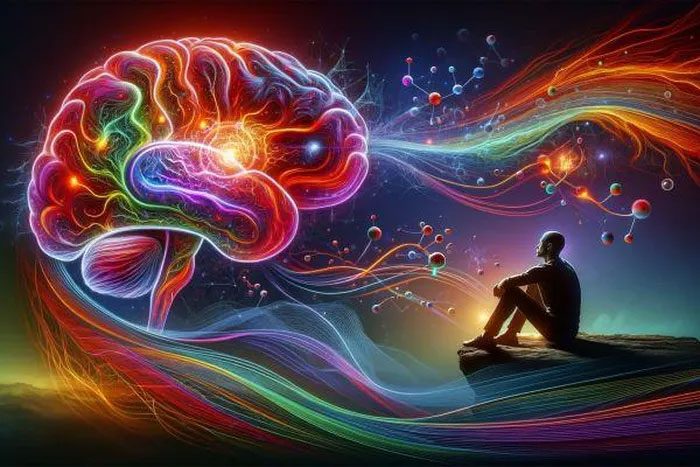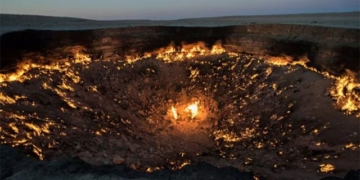When we fall in love, chemicals related to the reward system flood the brain, triggering various physical and emotional reactions that make the heart race, palms sweaty, cheeks flush, and feelings of passion arise…
Love often gives you a natural sense of exhilaration. True love is a chemical reaction. The complex changes in the brain explain why we feel an intense combination of longing, desire, and excitement. While it may seem like a mysterious or even mystical experience, scientists have made significant discoveries about what happens at the neural level when you develop feelings for someone.
1. What Happens in the Brain When You Are in Love?
Thanks to advancements in imaging technology, scientists have gained a much clearer picture of what occurs in the brain when people experience love.
In 2005, Helen Fisher led a groundbreaking research team that published results including the first functional MRI (fMRI) images of the brains of individuals experiencing the thrill of romantic love. The team analyzed 2,500 brain scans of college students while they viewed pictures of a special person to them and compared the scans to images taken when the students looked at pictures of a neutral acquaintance.
Images of their romantic loved ones activated areas of the brains of participants in regions rich in dopamine, known as the neurotransmitter that induces pleasure.
Two specific brain regions that showed activity during the fMRI scans were the caudate nucleus, which is involved in detecting and anticipating rewards, as well as integrating sensory experiences into social behavior, and the ventral tegmental area (VTA), associated with pleasure, focused attention, and the motivation to pursue and achieve rewards.
Olds, an associate professor of psychiatry at Harvard Medical School at Massachusetts General Hospital in Boston, stated: “The primitive areas of the brain associated with romantic love light up during brain scans when talking about a loved one. These areas can remain activated for a long time in some couples.”
2. Brain Regions Associated with Desire and Passion in Love
The feeling of desire originates from the hypothalamus of the brain. This small, almond-sized structure located just above the brainstem is connected to basic needs and desires such as thirst and hunger. It also regulates automatic internal processes like body temperature, blood pressure, and sleep cycles. Importantly, this part of the brain helps regulate sexual desire by stimulating the release of hormones that increase libido.

When you are in love, emotions stimulate the release of chemicals such as oxytocin, dopamine…
3. Brain Regions Associated with Attraction and Romance
When it comes to attraction and romance, two specific brain regions play crucial roles: the ventral tegmental area and the nucleus accumbens. Both areas are essential components of the brain’s reward system, providing the body with dopamine, a neurotransmitter that generates feelings of excitement and pleasure.
This is why the early stages of love can bring about thrilling sensations and can even feel “addictive.” It is normal to feel like you can’t stop thinking about the other person and always want to be around them.
4. Brain Regions Associated with Attachment
However, love is not just about attraction and romance—it also involves attachment, affection, and commitment, which interestingly is also heavily influenced by the hypothalamus.
This is because this brain region releases chemicals that foster trust and emotional bonding.
5. Other Brain Regions Involved in Love
Other areas of the brain are also related to our experience of love—this is significant for the brain, as love is a powerful emotion. For example, the amygdala helps process the emotions we experience. This is crucial because it creates the strong associations we develop in the early stages of romantic relationships.

Love does not actually come from the heart; it is “written” in the chemicals and functions of something much more complex, which is your brain.
6. The Brain is the Source of Love
It may not sound very romantic, but it is the neurotransmitters, hormones, and the hypothalamus (along with other areas of the brain) that are at the center of every love story.
Dopamine—the “feel-good” hormone—induces feelings of excitement and happiness. Other chemicals also play roles, including oxytocin, serotonin, estrogen, and testosterone.
It is important to recognize that while love can take many different forms, research also indicates that these forms of love may share common underlying neurobiological mechanisms. For instance, one study found that maternal love and passionate love both increase activity in the ventral tegmental area.
When we fall for someone, key brain regions light up like a city skyline at night. The VTA is flooded with dopamine in the brain. The brain’s reward system begins to operate at full capacity, processing these rewarding feelings and linking the overwhelming passion with other complex emotions such as attachment and empathy. This is why you may feel “addicted” to that special someone whom you cannot stop thinking about.




















































